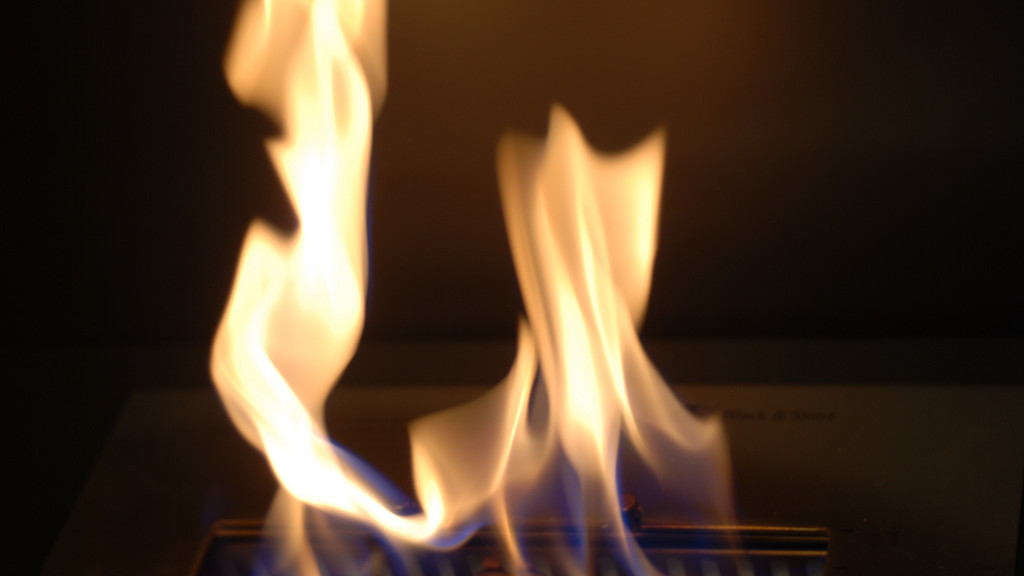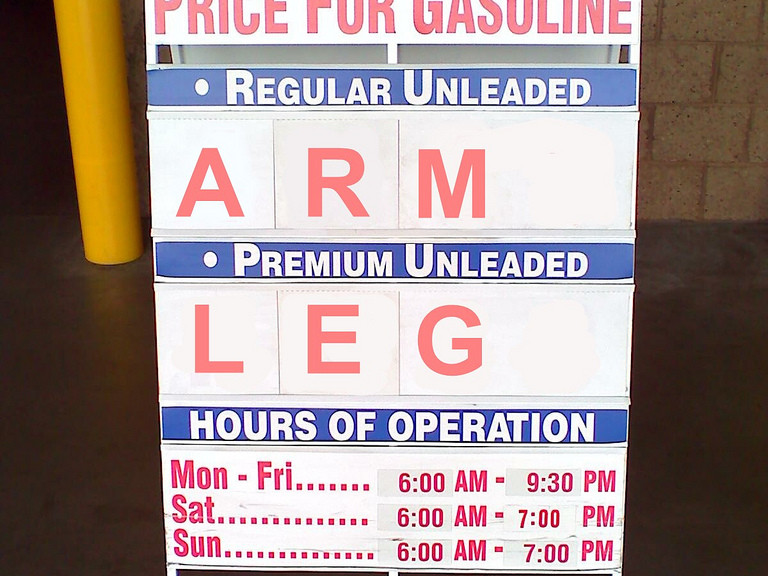We recently discovered a collapsible, disposable gas can at an auto parts store. The company claims that you can store this mostly cardboard container under your seat, then expand it to use as an emergency gas can. Interesting idea, but will it work? Is it safe? We put it to the test.What Exactly Is This Thing?Itzagascan, they tell you right in the name what it is. But will it really work? Safety is an issue when dealing with any type of fuel, so is this thing safe to use? Itzagascan comes fully collapsed. It’s about the thickness of a magazine. There are instructions printed on the outside describing how to assemble the can, how to fill it, and how to be safe with it. Sure, they got it to work under controlled conditions in some lab, but we wanted to see what you would be dealing with if you trusted this package that was stuffed under your car seat.Putting it to the TestWe tested Itzagascan for leaks and found none.photo by Matt Wright, 2008Unfolding Itzagascan was easy. You insert a couple of tabs into a couple of slots, then inflate the plastic bladder inside and you’re ready to fill it up. We took the can to the gas station and put 3/4 of a gallon in there. I think it ran around $14. So far so good, it filled right up, and sealed nicely. We put the filled can in the back of a pick up to simulate what would happen as you were taking the gas can back to your stranded car. No leaks. Then we used the can to put gas into the tank. it worked better than the $35 plastic can we bought in a pinch one night at a convenient store. Itzagascan’s plastic filler tube fits nicely into the car’s filler neck. While the new safety caps on plastic cans make it almost impossible to put gas in the tank without making a huge mess, our cardboard can was drip free. Amazing! Just to take the point further, we decided to fill it back up and let it sit to see if it would develop any leaks. While the company says never to leave the can filled for more than 24 hours, we kept it in a safe, well ventilated spot so we could see how it went. Here we are, more than a week later, and there’s a dry floor underneath Itzagascan. The VerdictItzagascan gets two big thumbs up. It weighs nothing, costs nothing, and takes up no space in your car or truck. But in a pinch it gets you out of trouble just as well as any pricey gas can. It was easy to use, very clean, and seemed completely safe when used according to the directions on the package. It’s safe to say this is a revolution in dealing with roadside emergencies. Just when you think there are no more good ideas out there, somebody throws Itzagascan at you and you realize there can still be genius around any corner. Get one today, it’s a great addition to your personal roadside assistance kit. News source: About Auto Repair


